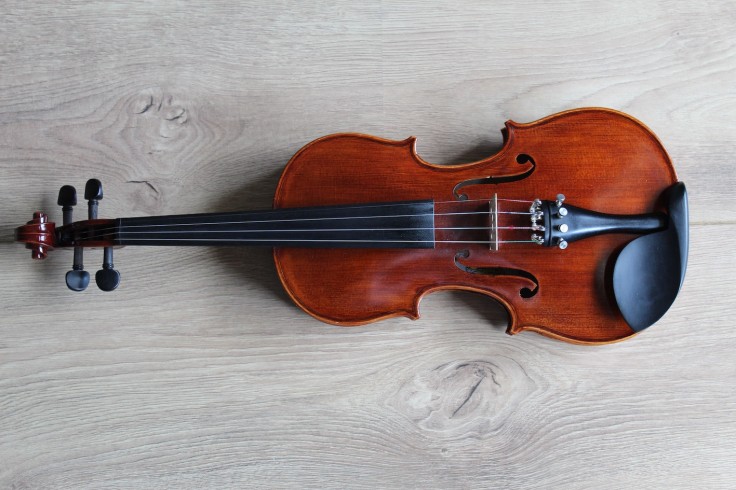Music students will give a chance to get low-cost and durable 3D-printed violins through the initiative of The Acoustical Society of America's AVIVA Young Artists program.
Violins are worth thousands of dollars, which is why it's difficult for music students to afford them. But thanks to AVIVA Young Artists Program, music students will be able to lay their hands on 3D-printed violins that are said to "revolutionize" music.

How Are 3D-Printed Violins Produced?
Using 3D printing, the violin was built in two pieces. In order to provide a comfortable grip for the musicians, the neck and fingerboard of the violin are printed in smooth ABS plastic.
Meanwhile, the body of the violin is made up of a plastic polymer substance. It is much like a typical acoustic violin. According to Interesting Engineering, it is engineered to generate a resonant tone.
The result of using a plastic polymer substance is a violin that has a darker and mellower sound than traditionally built violins.
According to Mary-Elizabeth Brown, director of the AVIVA Young Artists Program, the next step that they will employ is to explore design modifications.
She added that they also plan to work on lowering the costs of production while making such instruments more widely available. They particularly want to make it available in the field of education.
Violins are not the only instruments that are made using 3D-printing technology. Previously, many instruments have been manufactured using 3D printers. The good news is many of them resulted in effective outcomes.
One of the highly recognized persons when it comes to 3D printing projects on social media and YouTube is Professor Olaf Diegel. The professor from Australia made 3D-printed ventilators, guitars, saxophones, and other instruments.
Meanwhile, another known personality to use a 3D-printed instrument is musician Jomalier Figueroa. He made his own 3D-printed baroque flute.
Read Also: New Leap In Artificial Intelligence May Finally Allow Robots To 'Learn'
AVIVA Young Artists Program Director to Conduct Presentation
Brown will be conducting a presentation where she will discuss the steps taken and the lessons learned. It is entitled "Old meets new: 3D printing and the art of violin-making" that will take place on December 6 at 10:35 a.m. ET at the Golden Eagle B room.
Brown's presentation is part of the 183rd Meeting of The Acoustical Society of America (ASA) that will run from December 5 to 9 at the Grand Hyatt Nashville Hotel, according to Eurekalert.
According to Brown, the inspiration of the team roots in multiple places. Their goals were to explore the new sound created by using new materials.
The AVIVA Young Artist Program also wants to leverage the new technology being used in other disciplines. Likewise, through printing more durable instruments, they want to make music education sustainable and accessible.
ASA is the leading international scientific society for acoustics. It is devoted to the study of sound science and technology. It has 7,000 members worldwide, and they cover a wide range of acoustics research.
The society has a number of publications, including The Journal of the Acoustical Society of America, the foremost journal in the field of acoustics, as well as the JASA Express Letters, and the Proceedings of Acoustics Meetings.
Other publications of ASA are Acoustics Today magazine, books, and acoustics standards. Annually, the society hosts two significant scientific meetings.
Related Article: Instruments Made of Endangered Species Now Require A Passport









